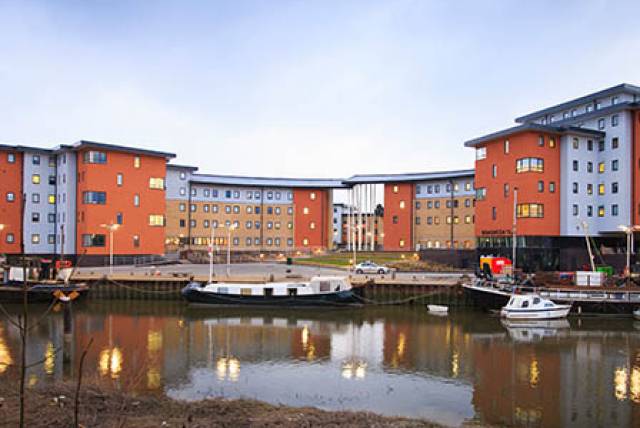123 Years of Offsite Construction
Many people think that offsite construction has only been around for a short amount of time, a contributing factor to this is how it is referred to in the industry as a “modern method of construction”, but it actually has over a century of history.
It is thought that the offsite construction industry actually began in 1895 when Sears Roebuck and Company, a US firm, began selling complete new homes in kit form.
Sears launched a “Book of Modern Homes” which featured a variety of house plans with associated materials, which over the next 30 years saw half a million prefabricated homes priced between $700 and over $4000 being sold throughout the US.
During The Great Depression of 1932, Sears’ sales declined by 40%, indicating the end of modular homes and they subsequently ceased this part of the business.
This marked the end of modular construction for over a decade until the end of WWII when soldiers returning to the US needed homes for their families. The demand for new housing exceeded what construction companies could build which led people to investigate modular housing to increase efficiency, mimicking exactly what the UKs current housing market is experiencing, and the modular solutions being used to meet demand.
The next decade saw a turning point for the industry as investment was made and technology improved, homes were built to meet all building codes and erected on permanent foundations.
The last two decades has seen modular buildings gain further investment and legitimacy in the industry backed by key influencers, and has certainly been placed as an important method of construction in today’s industry.
Elements Europe’s modular systems are very different to those Sears first launched 123 years ago, and a far cry from the client having to piece together the 30,000 pieces that made up a home using Sears 75 page instruction manual as a guide.
Each module leaves the Elements Europe factory internally complete to the exact specification of the client.
Elements Europe delivers developments for high volume occupancy, such as hotels, residential and student accommodation without compromising design and aesthetics instilled by the architect. It does this by manufacturing high-quality Room Modules and Bathroom Pods that can vary in shape, size and internal design and specification.
A good example of this is how Elements Europe delivered 461 Room Modules to a student accommodation development in Bath’s city centre. Each Room Module was fitted with Georgian sash windows and clad in Bath stone to fit in with the local vernacular.
Elements Europe’s refined process enables the delivery of large scale innovative projects. A student accommodation scheme in Colchester is a good example of this with the manufacture and delivery of 1049 student room modules of which there were seven different designs.
Elements Europe manufactured seven types of student room modules for the complex architecture of the development with varying levels.
What we can say for certain is that even over time from Sear’s variety of housing kits to Elements Europe’s ability to develop a bespoke design for complex architecture what hasn’t changed in over a century is the focus on the end user and customer choice. However, what has transformed is the realisation that offsite construction benefits high occupancy developments that require repetitive work at volume.


